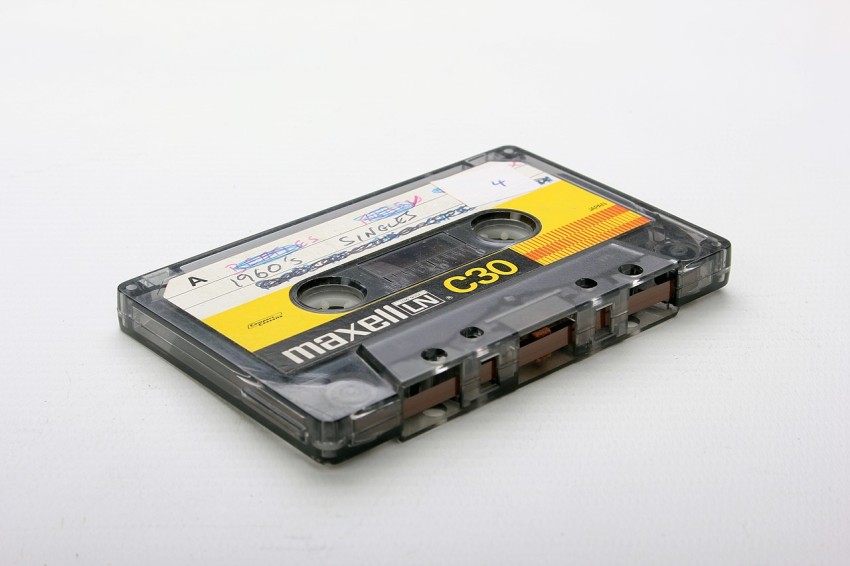
Why are some people in Japan paying big money for an old cassette tape?
By Katy Kelly, SoraNews24TOKYORecently you might find a strange sight if you step inside a thrift store or resales shop inside Japan. You may spot cases of recordable cassette tapes, the ones frequently used from the late 1980s to the early 2000s, lined up on the shelves. Curiously, some of these cases are labeled with price tags that outstrip the cost of an overnight ferry trip across the country. So what’s the deal?
▼ “All the metal particle tapes are wiped out! Social media is incredible!”

The “metal particle” part refers to the kind of tape used in these Type IV recordable tapes and produces the best quality sound. They were the more expensive option even at the peak of the cassette’s popularity, but back then only fetched a few hundred or maybe a thousand yen for a case. Now people will readily hand over 1,000 yen for a single unused tape.
▼ A Twitter user shows off a collection of blank tapes. (Translation below)

“Here are the cassette tapes everyone’s been talking about. I’ve managed to buy about 170 unused tapes since last year.
The metal particle tapes are particularly precious, so I’ve only been able to find single tapes sold for 1,000 yen. Right now I only have about seven of those.
The scary thing is that even though they’re blank tapes, it doesn’t necessarily mean they’re still fit to be recorded on…
So I’ve left them unopened and they’ve become a kind of collection.”
Cassette tapes first began manufacture in Japan in 1966, spearheaded by Maxell. They became hugely popular for their ease-of-use and portability– it was common to spot boombox-toting young people out on the streets with cases of cassettes to play. In 1979, they got another boost in popularity when Sony began selling its portable cassette-player, the Walkman.
▼ From the dark times before we all listened to music on our phones.

Cassette tapes’ biggest commercial year was in 1989 where they saw sales of over five hundred million!
As previously mentioned, the highest-grade of cassette tape was the metal-particle variety. Sadly, this production of this kind was discontinued in 2001. Maxell is now the sole surviving distributor of cassettes within Japan, shifting around 8,000,000 tapes (exclusively Type I/Ferric/normal tapes) per year.
Recently, though, and perhaps partly because of their scarcity, cassette tapes have become more popular with young people. The tactile aspect of holding a physical release in your hands and the slightly imperfect warmth of the sound recorded onto these tapes all result in a quiet legion of devoted fans, both young and old. Some new songs are even being released specifically in a cassette format.
But the appeal of cassettes isn’t just limited to its practicality. They’ve joined VHS tapes to become something of a style symbol in themselves, representing 20th-century vibes and nostalgia with their chunky plastic cases, small ridged “eye” holes, and spools of clear tape.
In an increasingly digital world, it’s little surprise that some dedicated fans of music want to hold on to these little relics of the past — both metaphorically and literally. Maybe in 20 years or so we’ll see a dramatic resurgence of classic iPods? We’ll just have to wait and see!
Source: NHK News Web
Read more stories from SoraNews24.
-- Sony to stop selling Betamax video cassette tapes in March
-- Pico Cassette looks to keep cartridge games alive in a smartphone world
-- Is this modern art? Masking tape exhibition unrolls in Chiyoda
https://japantoday.com/category/features/lifestyle/why-are-some-people-in-japan-paying-big-money-for-an-old-cassette-tape
Comments